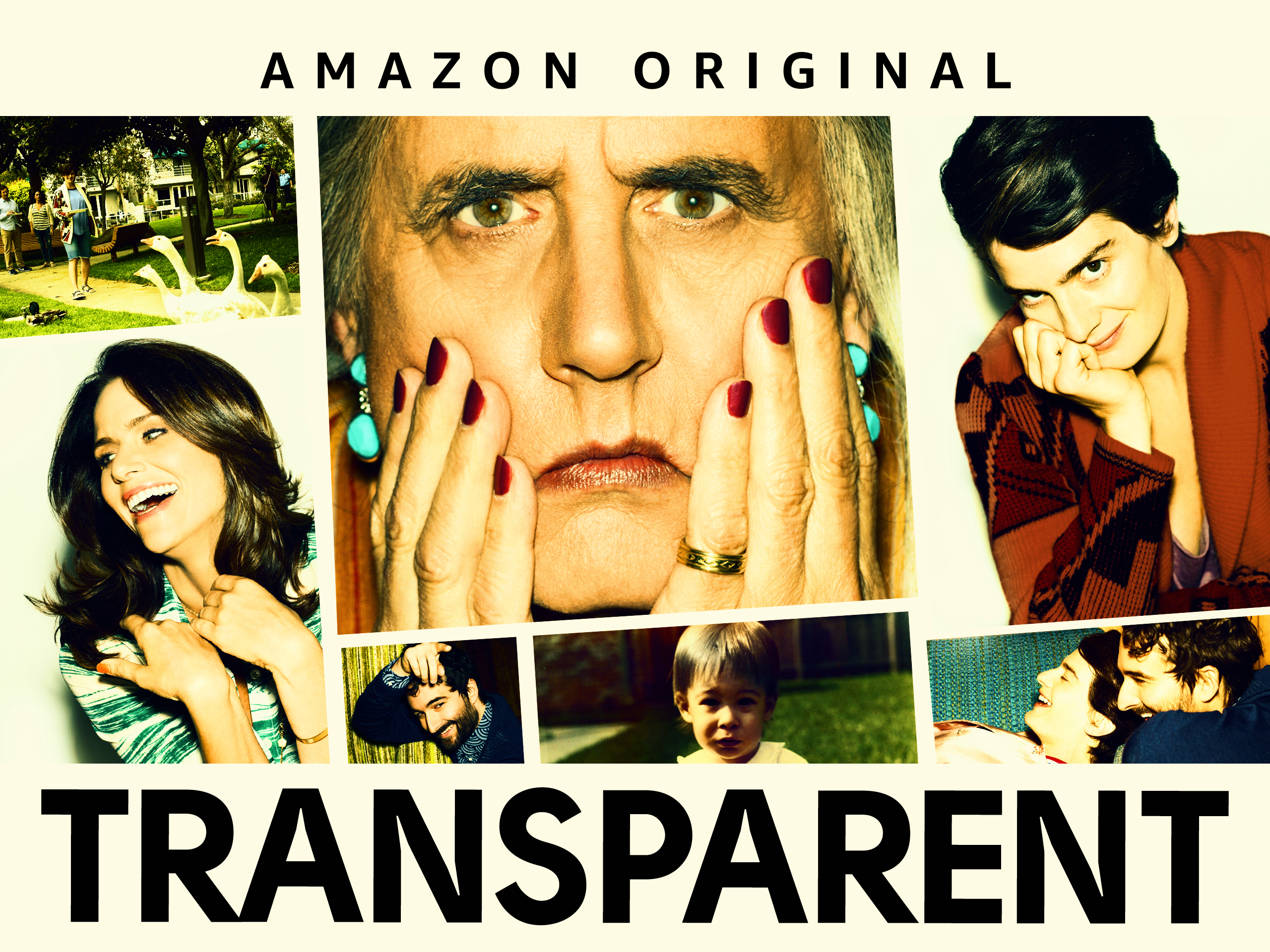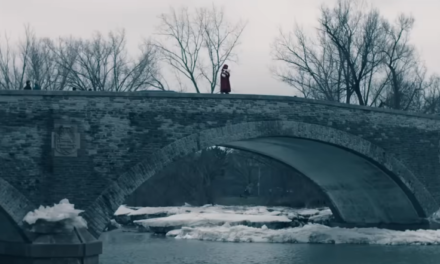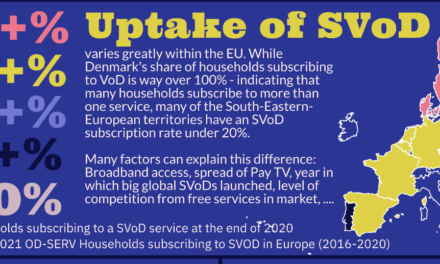What is Amazon Prime Video (APV)? I’ve been asking myself questions about what streaming is and where continuities and differences to other media forms lie, and how to make sense of it all for over a decade. From a European standpoint, Amazon, unlike Hulu, which is prominent in the US, but operates in few markets beyond it, has been a major counterpoint to Netflix. Perhaps Netflix was often more boastful about its innovations, maybe it really was more innovative, but it undoubtedly has taken the main stage in journalistic and academic discussions, with exceptions like Toby Millers 2016 blog post. Added to that, the questionable morals and practices of Amazon and Jeff Bezos, as well as the complexity of the company, have long been a reason to stay away from APV as a streamer. However, the academic gaze is increasingly directed towards it, including the upcoming edited collection by Christopher Meir, Vicente Rodríguez Ortega and Philip Drake. Certainly, my own gaze has usually been on Netflix as the shiny new thing, and how it positioned itself as television, with Amazon seemingly piggybacking on the narratives Netflix provided to explain streaming.
The different iterations of what is now Amazon Prime Video have long been a major figure in the world of transnational streaming, even though Netflix remained star of the show for a long time. Amazon did not shape what we now think of as streaming to the same extent, largely because it couldn’t really settle on a vision for the platform that fit with audience desires and market expectations. This has many reasons, but one particularly vivid narrative is the conflict between Roy Price and Jeff Bezos, which, according to Bezos’ biographer Brad Stone (2021), can be reduced to a conflict between art (Price) and commerce (Bezos). Things are more complicated since Price was also profoundly tone-deaf when it came to the gender politics of the moment, but that is a topic for another day. Instead, I grapple with how to define Amazon, especially from a European perspective.
In the next few weeks, I want to tackle APV from three different perspectives to get an idea of the tensions that define the streaming service. These three angles are 1) the relationship between APV and the transnational streaming landscape, 2) APV and how it is and can be positioned within the company Amazon, and 3) how Amazon positions itself along the axes of national and transnational television, which, at least in some ways, is in direct opposition to Netflix.
Netflix, Streaming, and APV
Versions of what is now APV have existed since 2006. I will refer to them as APV to make the distinction between the company of Amazon and the video branch clear. These included a range of deals, primarily for US customers, to make videos instantly available for download or via streaming. Self-produced films and series were published from November 2013 onwards with Alpha House (Amazon, 2013-14) and Betas (Amazon, 2013-14). The first episodes of the series were published around 9 months after the Netflix series House of Cards (2013-18). APV didn’t make quite the splash the Netflix series had but, in this period when streaming mostly catered to the audiences of ‘quality’ TV, series like Transparent (Amazon, 2014-18) and One Mississippi (Amazon 2015-19) captured audience attention.

Transparent received a range of awards, including a Golden Globe for ‘Best Performance in a Television Series – Musical or Comedy
It is here necessary to look at Price’s and Bezos’ vision for streaming. Roy Price joined Amazon in 2004 to develop the digital video strategy and was promoted from there to lead Amazon Studios. Price had joined the company after working at McKinsey and Disney and was familiar with the mechanisms that govern Hollywood. Bezos viewed Amazon as a company that disrupts markets through technical innovations. He cannot have been happy that Netflix turned out to be the main disruptor in the market. Price, meanwhile, understood the creative potential of the moment and commissioned a variety of films and series that conformed to contemporary ideas of ‘quality’. Netflix’s first target was to capture the interest of the audiences of so-called ‘quality’ TV. Certainly, this strategy had worked well for HBO only a bit more than a decade earlier when it redefined what ‘quality’ TV is. Most importantly, it exploited the new medium of the DVD to promote its material. This came with stories of ‘creative freedom’ that have often accompanied ‘quality’ television, including (but not limited to) the enormous autonomy given to producers and creators like Steven Bochco in 80s and 90s America, to the 21-month hiatus writers of The Sopranos took in advance of its last season. Kevin Spacey would hail something similar when he gave the prestigious MacTaggart Lecture at the Edinburgh Television Conference in 2013, where he spoke about Netflix. Hence, the strategy for Amazon Studios to focus here for adult content was hardly without context. Another avenue was centring children’s programming, such as the Studio Ghibli series Ronja, the Robber’s Daughter (Amazon, 2014-15).
Netflix has, undoubtedly, shaped streaming in its current form the most. In 2012, it became involved in a co-production with Norwegian Public Service broadcaster NRK for Lilyhammer (Netflix, 2012-14) and, in February 2013, it published its own self-produced series House of Cards. Importantly, these were published using the “binge model”, where a whole season of a series is put online at once, allowing viewers to set the pace of their own consumption. The strategy proved incredibly successful to the extent that binge-watching became almost synonymous with Netflix and streaming as a whole (Pierce-Grove 2017).
At this time, the interface of the Amazon pages did not automatically play the next episode, but users had to navigate back to the series’ main page and click on the next episode. Thus, APV, unlike Netflix, was not built around the viewing practice of binge-watching. It actively tried to push against it. In November 2013, David Carr wrote in The New York Times,
For Amazon, programming is an add-on, a benefit of being a member of Amazon Prime. In addition to free two-day shipping, the company’s 11 million Prime members have access to Amazon Prime Instant Video, with more than 40,000 movies and television episodes, and beginning next week, “Alpha House.” The first three episodes will be available on Nov. 15, free to all Amazon customers, and additional episodes will then be available to subscribers of Amazon Prime every week. (Carr, 2013)
As Price described it to Neil Landau in Television Outside the Box (2015), the binge model was not without alternatives. Perhaps it was the novelty of binge-watching, or its popularity with a ‘quality’ TV audience that had already binged DVDs, but Netflix built streaming around the concept, with the term becoming popular that same year. Amazon ultimately changed its interface to auto-play next episodes. Further, it published series through the ‘binge model’ until Disney+ ‘normalised’ weekly publication.
Betas and Alpha House were produced after they had been selected by the audience after both pilots had been highly rated during Amazon’s ‘pilot season’. As such, Amazon proposed a more participatory model than Netflix. In these early days of streaming, online media was largely framed as participatory, including sites like YouTube or Facebook. In this phase Netflix still tried to explain itself to viewers while figuring out streaming itself and made its own options for participation. The format was discontinued in 2018 when Salke took over from Price, marking a moment when streaming’s bid to viewers moved away from a participatory ‘Web 2.0’ approach.
This focus on ‘quality’ TV was in line with Roy Price’s vision for streaming and APV, as a kind of haven for television that emphasised a version of art that adopted aesthetics and stylistic elements like the ‘quality’ television of HBO. This is also visible in Transparent, Amazon’s first ‘hit’ programme about a parent who comes out as trans and is transitioning to living as a female. The series very much conforms to contemporary ideas of ‘quality’, with its indy aesthetics and complicated and often unlikeable characters. Transparent also received a range of awards, including a Golden Globe win for Jeffrey Tambor in 2015 for ‘Best Performance in a Television Series – Musical or Comedy’. However, as Netflix reached a wider audience and expanded transnationally, it moved streaming increasingly towards more popular, middlebrow content, such as sitcoms from The Ranch (Netflix, 2016-20) to Fuller House (Netflix 2016-20). It is hardly surprising that the relationship between Bezos and Price turned sour around the time transnational streaming, or rather, Netflix, turned its eye towards more popular fare. In 2017, Price was ousted due to harassment allegations in the course of #MeToo, and Jennifer Salke took over the leadership of Amazon Studios. As Karen Petruska explains,
Under Salke, Amazon Studios has shifted away from a more targeted and niche approach to content development, instead prioritizing deals with major stars […] and for marquee content, like the extremely expensive Lord of the Rings series. In addition, Amazon Studios reduced its investments in children’s content and has committed resources to global expansion, particularly into markets like India, the UK, Germany, and other countries. (426)
In this specific moment in time, I judge this investment in local markets as key to understanding APV today, as I will discuss over the next few weeks.
Mareike Jenner is a researcher in Media Studies at Anglia Ruskin University. She has widely published on streaming and is the author of Netflix and the Re-Invention of Television (Palgrave, 1 ed. 2018, 2nd ed. 2023) and the edited collection Binge-Watching and Contemporary Television Studies (EUP, 2021).
References
Carr, D. 2013. “With ‘Alpha House,’ Amazon Makes Bid for Living Room Screens and Beyond.” In The New York Times. https://www.nytimes. com/2013/11/04/business/media/with-alpha-house-amazon-makes-bid-for-living-room.html. Accessed: 08.22.2025.
Dwyer, T. 2018, Speaking in Subtitles. Revaluing Screen Translation, Edinburgh University Press.
Landau, N. 2015. TV Outside the Box, 1st ed. Routledge.
Miller, T. 2016. “Amazon Studios.” In CST Online. Available online: https://cstonline.net/amazon-studios-by-toby-miller/. Accessed: 21.11. 2025.
Petruska, K. 2023, “Amazon Prime Video. Scale, Complexity, and Television as Widget.” in From Networks to Netflix. A Guide to Changing Channels. Second Edition, ed. D. Johnson, Routledge, New York, pp. 425–45.
Pierce-Grove, Ri (2017) “Just one more: How journalists frame binge watching” in: First Monday, Vol. 22, No. 1, https://doi.org/10.5210/fm.v22i1.7269.
Stone, B., 2021, Amazon Unbound: Jeff Bezos and the Invention of a Global Empire, Simon & Schuster, New York.





